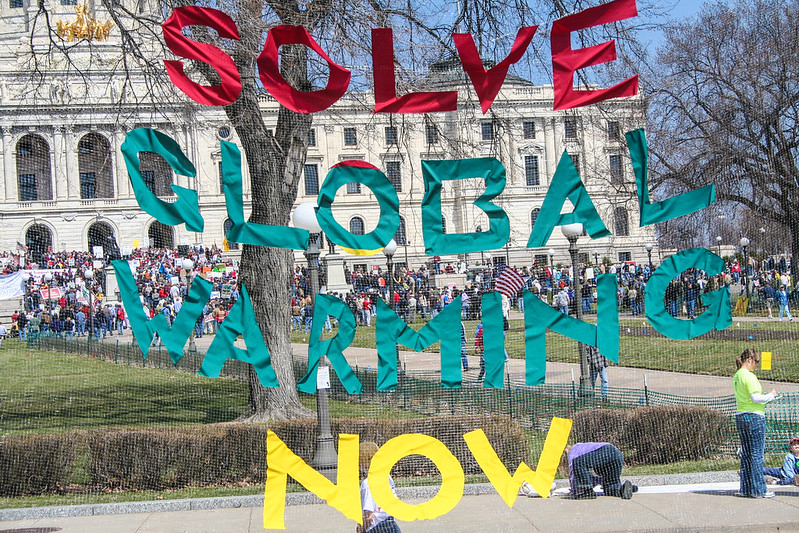With evidence continuously piling up throughout the year, temperature records were broken worldwide; the Greenland ice sheet was faced with unprecedented melting; and, as the end of 2019 approached, blazing temperatures resulted in detrimental wildfires in Australia. Now scientists have confirmed what was already feared: 2019 was an extremely hot year, with the second highest average world temperature on record, just shy of the one set in 2016.
Reports published by the National Aeronautics and Space Administration (NASA) and the National Oceanic and Atmospheric Administration (NOAA) revealed that the average world temperature in 2019 was almost an entire degree Celsius higher than the average recorded during the mid 20th century. At this rate, this increase in temperatures entails that the world is far from achieving the 2°C temperature target set by the Paris agreement in 2015, aimed to limit the adverse impacts of climate change.
“These trends are the footprints of human activity stomping on the atmosphere,” said Gavin A. Schmidt, director conducting the NASA analysis. “We know that this has been driven by human activities.”
With the 2010s being no different, the latter half of the decade was particularly warm, with the last five years being the warmest to have ever occurred during that time span.
The global average temperature for 2019 was barely a fraction of a degree less than the one set out in 2016, a year that was subject to a powerful El Niño, which occurs when warm water accumulates along the equator in the eastern Pacific leading to a change in weather patterns worldwide, ultimately driving much of this heat from the Pacific into the atmosphere. Since the mid 20thcentury, every decade has had significantly higher global temperatures compared to the last. With the 2010s being no different, the latter half of the decade was particularly warm, with the last five years being the warmest to have ever occurred during that time span.
🌡️ 2019 was the 2nd hottest year, globally, since modern record keeping began. But what does that mean for our planet?
📈 We’ve broken down the year, the record and the consequences by the numbers: https://t.co/3TbAYue6d5 pic.twitter.com/wzQ0ca8cfY
— NASA (@NASA) January 16, 2020
“We’ve entered a new neighborhood in the last five years,” said Deke Arndt, who conducted the NOAA research.
The two studies also incorporate the role that natural forces have on climate, such as volcanic eruptions that can have a temporary cooling effect on the earth’s atmosphere or the regular alterations of the earth’s orbital cycle.

“We end up with a massive discrepancy,” Dr. Schmidt said, “that tells us that natural forces are not capable of explaining the trends we’ve seen since the 19th century.”
The overall findings of both studies are identical. And their conclusions match those from studies conducted by private groups and agencies overseas, including one published last week by the European climate agency. Very few parts of the world, particularly the Northern Plains and Canada, had recorded a colder than average temperature.
“The past five years have been the five warmest on record; the last decade has been the warmest on record,” Jean-Noël Thépaut, director of Copernicus services, said in a statement. “These are unquestionably alarming signs.”
Related articles: How to Address Climate Grief | And Change is Coming Whether You Like it or Not | The Climate Emergency
With Australia experiencing temperatures averaging 1.5 degrees Celsius higher compared to the mid 20th century, Alaska being faced with an increased melting of its thousands of glaciers, and southern Africa being subject to the regions’ worst drought in decades – resulting in food and electricity shortages, it is no secret that the clock is ticking. The question now is, how much time until drastic action is taken to get climate change in check?











